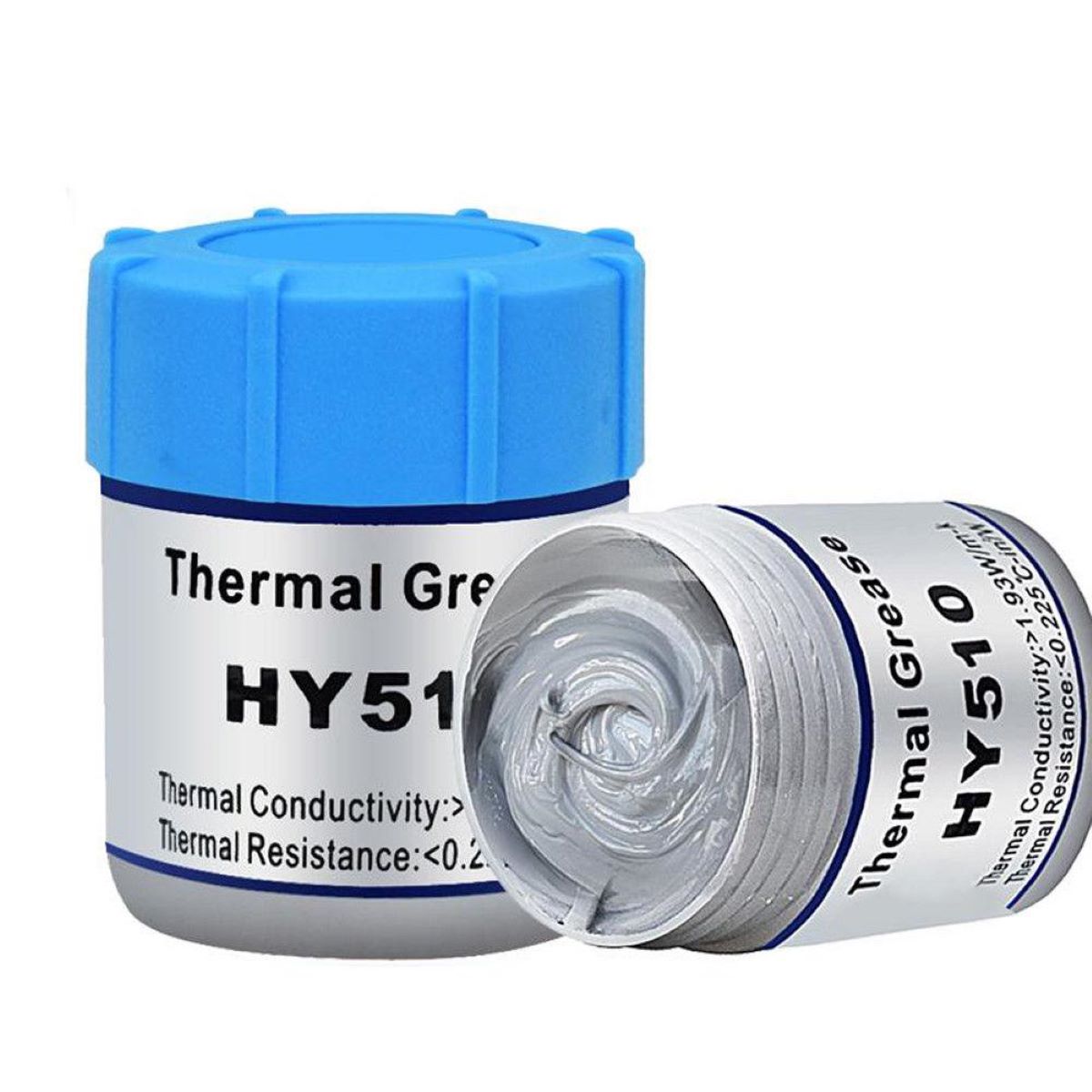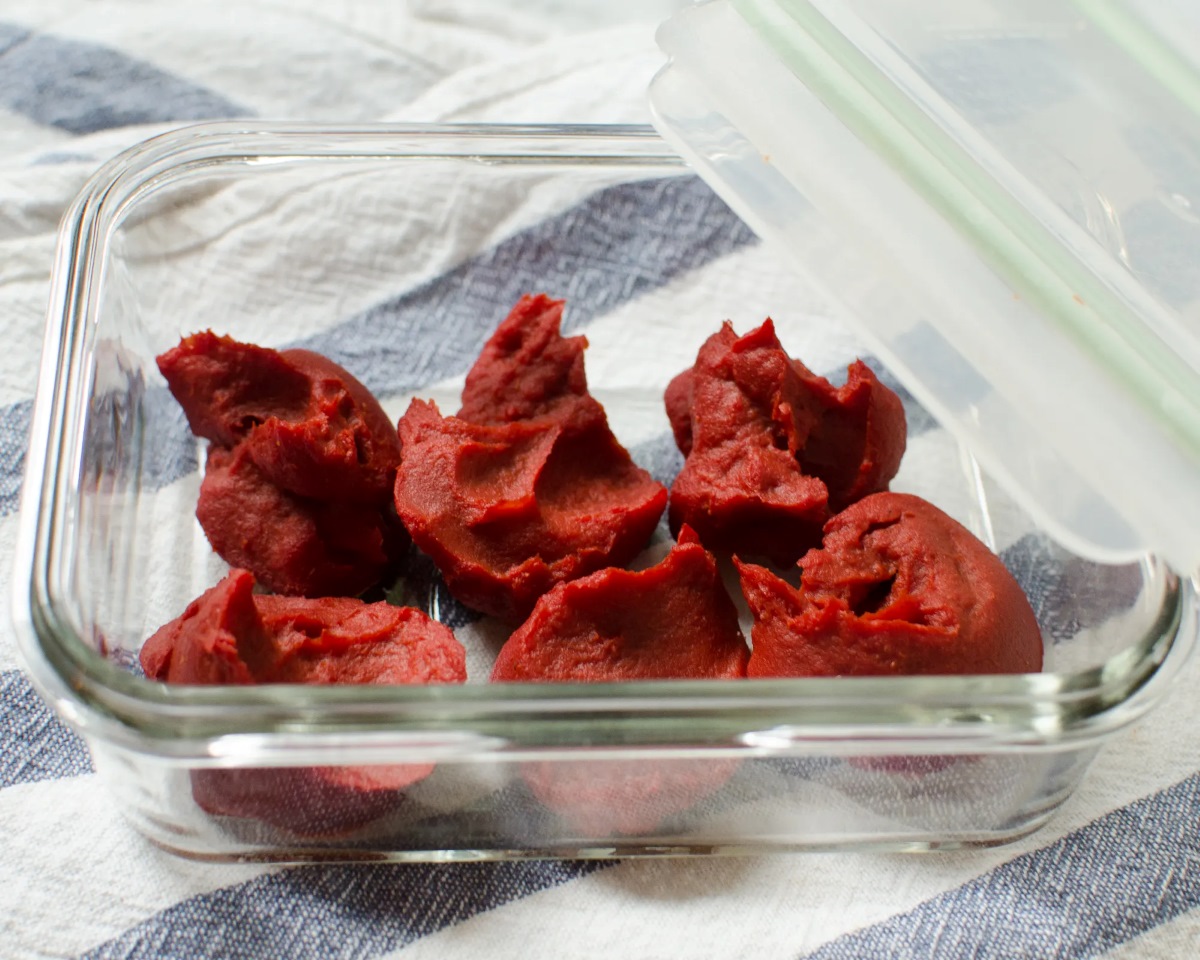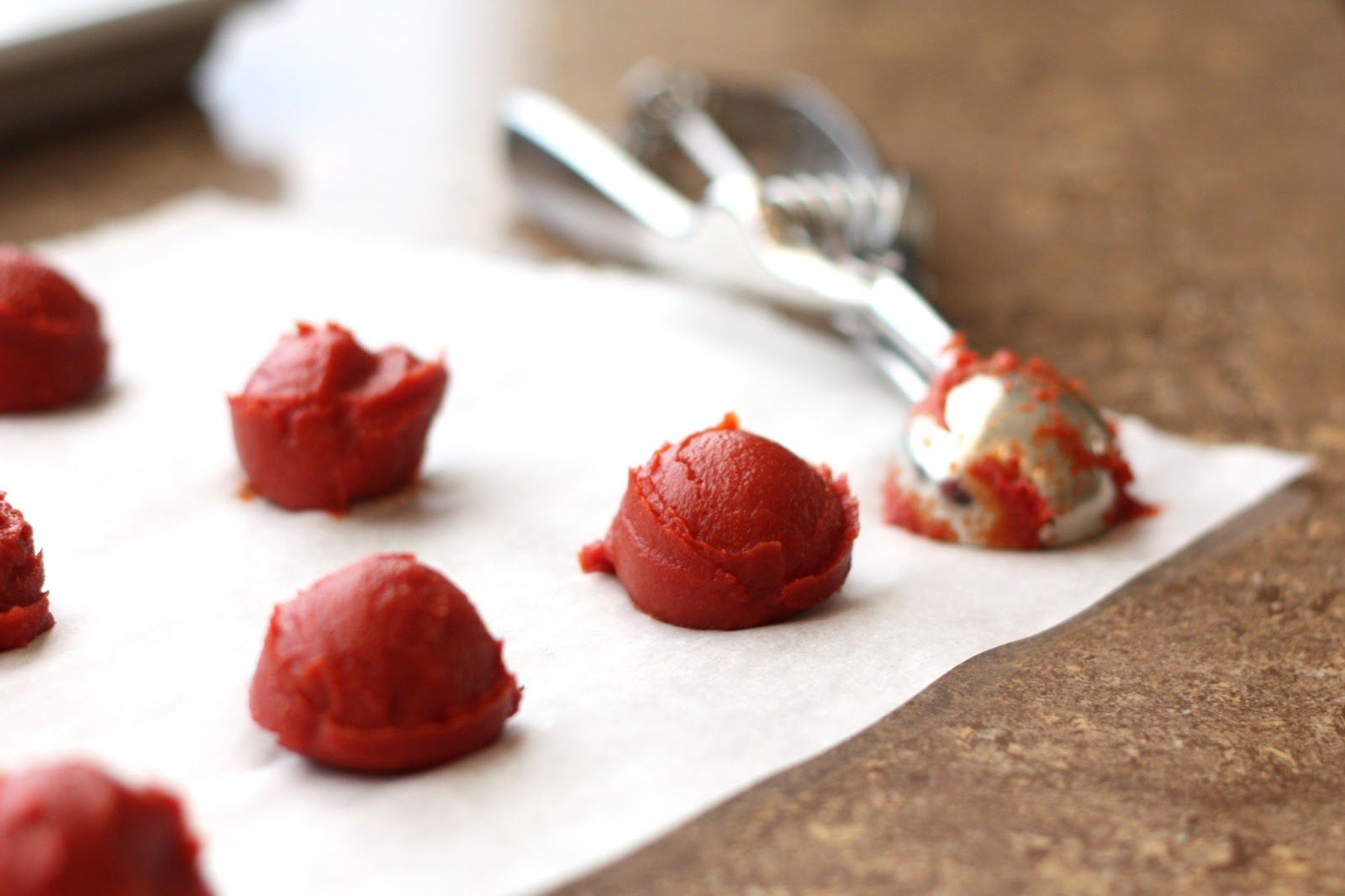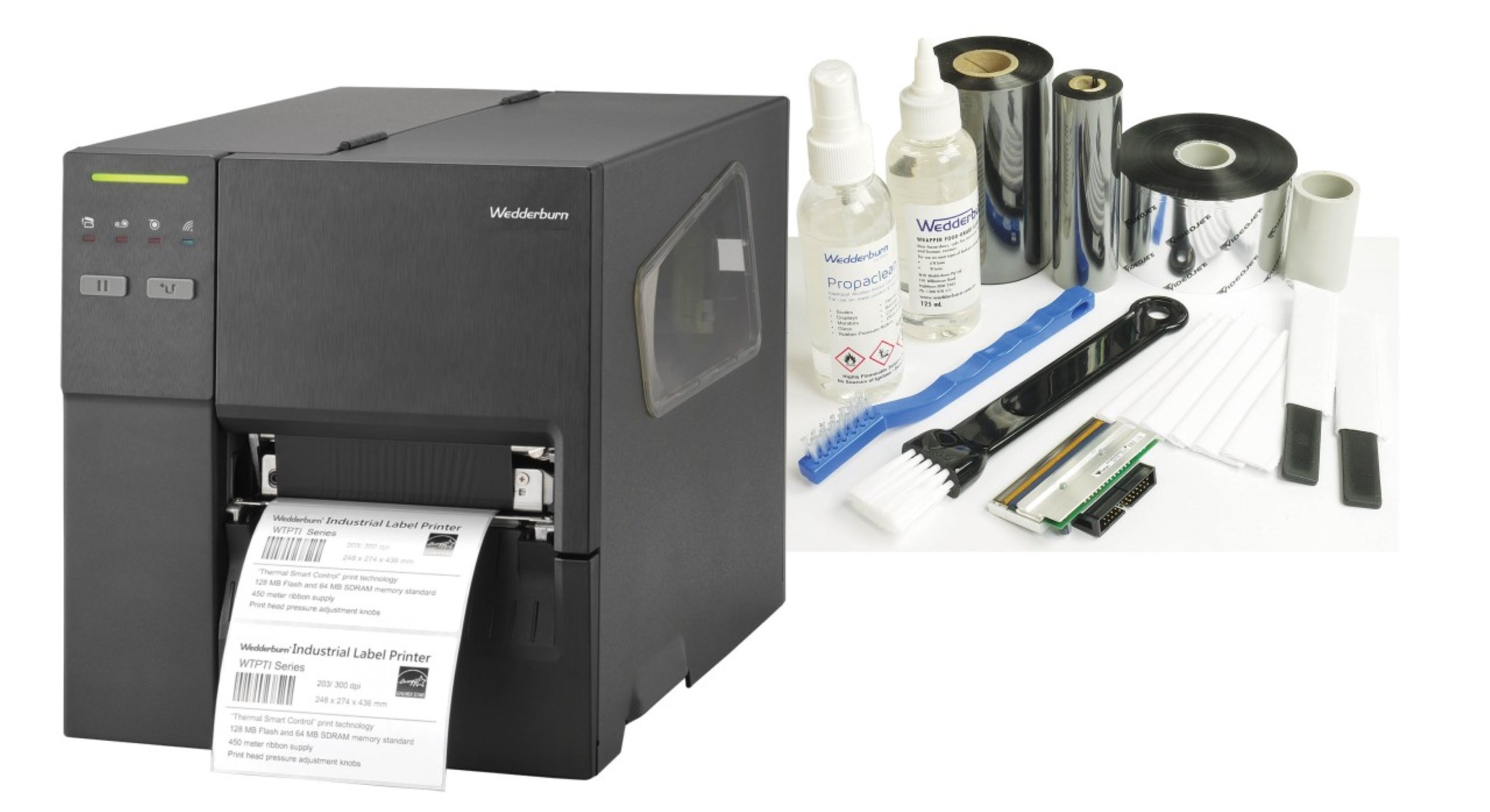

Articles
How To Store Thermal Paste
Modified: December 7, 2023
Learn the best tips and techniques for storing thermal paste in our informative articles. Keep your paste in optimal condition for peak performance.
(Many of the links in this article redirect to a specific reviewed product. Your purchase of these products through affiliate links helps to generate commission for Storables.com, at no extra cost. Learn more)
Introduction
Thermal paste, also known as thermal compound or thermal grease, is a crucial component in the cooling system of electronic devices, particularly computers. It serves as a conductive material that fills the microscopic gaps between the heat source (CPU or GPU) and the heat sink, ensuring efficient heat transfer and preventing overheating.
While thermal paste is typically included with CPUs and heat sinks, there are situations where you may need to store excess thermal paste or purchase it separately. Proper storage of thermal paste is essential to maintain its effectiveness and ensure optimal performance when needed.
In this article, we will discuss the importance of understanding thermal paste and choosing the right one for your needs. We will then delve into the topic of storing thermal paste properly, providing a step-by-step guide to help you maintain its quality. Additionally, we will share some extra tips to ensure your thermal paste remains viable for future use. So, let’s get started!
Key Takeaways:
- Proper storage of thermal paste is crucial for maintaining its effectiveness and extending its shelf life. Follow guidelines such as sealing, storing in a cool place, and checking expiration dates to ensure optimal performance when needed.
- Choosing the right thermal paste involves considering factors like thermal conductivity, compatibility, and longevity. Proper storage, including sealing, avoiding frequent opening, and using desiccants, is essential for maintaining its effectiveness and maximizing cooling performance.
Read more: How To Store Almond Paste
Understanding Thermal Paste
Thermal paste is a specially formulated compound that helps in transferring heat from the CPU or GPU to the heatsink. It fills in the microscopic imperfections on the surfaces of both the heat-source and the heatsink, improving thermal conductivity and minimizing the formation of air gaps. This allows for efficient heat dissipation, preventing overheating and ensuring optimal performance of the electronic device.
The main component of thermal paste is usually a silicone-based compound, which has high thermal conductivity properties. It is mixed with various other elements like metal particles (such as silver or aluminum) or ceramic fillers to further enhance its thermal conductivity. The choice of thermal paste largely depends on factors such as the type of processor, the intended usage, and the desired level of thermal conductivity.
One important consideration when selecting thermal paste is its thermal conductivity rating, often measured in watts per meter per Kelvin (W/mK). A higher thermal conductivity rating indicates better heat transfer capabilities, resulting in more efficient cooling. However, it’s important to note that using a thermal paste with extremely high thermal conductivity may not always yield significant improvements over a moderately rated compound, as other factors like proper application and contact pressure also play a role.
Another factor to consider is the electrical conductivity of the thermal paste. It is crucial to choose a non-conductive thermal paste to prevent the risk of electrical shorts that may damage sensitive electronic components. Most commercially available thermal pastes are non-conductive, but it’s always advisable to double-check the product specifications before making a purchase.
Understanding the role and composition of thermal paste is essential for making informed decisions when it comes to choosing the right product for your specific needs. The next section will guide you through the process of selecting the most suitable thermal paste for your PC or electronic device.
Choosing the Right Thermal Paste
When it comes to selecting the right thermal paste for your electronic device, there are several factors to consider. Here are some key considerations to help guide your decision:
1. Thermal Conductivity Rating
Check the thermal conductivity rating of the thermal paste. The higher the rating, the better the heat transfer. However, keep in mind that extremely high conductivity ratings may not always provide significant benefits over moderately rated compounds.
2. Application Method
Consider the application method you prefer. Thermal pastes are available in various forms such as syringes or pre-applied pads. Syringes allow for precise application, while pre-applied pads offer convenience for those who prefer a hassle-free installation process.
Read more: How To Store Miso Paste
3. Compatibility
Ensure that the selected thermal paste is compatible with your CPU or GPU. Manufacturers often recommend specific thermal pastes for their processors. Refer to the product specifications or consult the manufacturer’s guidelines to ensure compatibility.
4. Electrical Conductivity
If you are working with sensitive electronic components, choose a thermal paste that is non-conductive. This will prevent any risk of electrical shorts and damage to the components. Check the product description or consult the manufacturer to verify its electrical conductivity.
5. Longevity
Consider the longevity and stability of the thermal paste. Look for a product that offers long-term stability and does not dry out or degrade over time. This will ensure that your cooling system remains efficient and effective for an extended period.
6. Reviews and Recommendations
Read reviews and seek recommendations from trusted sources or online forums. Real-world experiences can provide valuable insights into the performance and reliability of different thermal pastes. Consider feedback from users who have similar use cases or requirements as yours.
By considering these factors, you can choose the right thermal paste that meets your specific needs and ensures efficient heat transfer in your electronic device. The next section will focus on the proper storage of thermal paste to maintain its effectiveness.
Read more: How To Store Guava Paste
Proper Storage of Thermal Paste
Proper storage of thermal paste is crucial to maintain its effectiveness and extend its shelf life. Here are some guidelines to follow:
Keep It Sealed
Thermal paste typically comes in a syringe or a tube with a cap. After each use, make sure to tightly seal the container to prevent air exposure and moisture ingress. This will help preserve the quality and consistency of the thermal paste.
Store in a Cool, Dry Place
Avoid storing thermal paste in areas with high humidity or extreme temperatures. Excessive heat or moisture can affect the composition and effectiveness of the thermal paste. Instead, store it in a cool and dry place, away from direct sunlight.
Avoid Freezing or Refrigeration
While some products may claim that refrigeration or freezing can prolong the shelf life of thermal paste, it is generally not recommended. Freezing or refrigeration can cause the compound to harden or separate, making it difficult to apply evenly and decreasing its thermal conductivity.
Read more: How To Store Tomato Paste In The Fridge
Do Not Mix Different Brands or Types
Avoid mixing different brands or types of thermal paste. Each brand or type may have unique formulations and characteristics. Mixing them can lead to inconsistencies or even chemical reactions that may affect the cooling performance and potentially damage your electronic device.
Check Expiration Dates
Thermal paste does have a shelf life, and its effectiveness may diminish over time. Before using stored thermal paste, check the expiration date to ensure that it is still within the recommended period. If the paste has expired, it’s best to purchase a new one for optimal performance.
Inspect the Consistency
Before using stored thermal paste, inspect its consistency visually. If it appears dried out, clumpy, or separated, it is advisable to discard it and get a new tube or syringe. Using compromised thermal paste can result in poor heat transfer and reduced cooling efficiency.
By following these guidelines, you can ensure that your thermal paste remains viable and effective for future use. In the next section, we will provide a step-by-step guide on how to properly store thermal paste.
Step-by-Step Guide to Storing Thermal Paste
Properly storing thermal paste is essential to maintain its quality and effectiveness. Here is a step-by-step guide to help you store your thermal paste properly:
Read more: How To Store Canned Tomato Paste
Step 1: Clean the Syringe or Tube
Before storing the thermal paste, ensure that the syringe or tube is clean and free from any residue from previous applications. Use a soft cloth or tissue to wipe away any excess paste on the nozzle or threading.
Step 2: Seal the Container
Tightly seal the container to prevent air exposure. Ensure that the cap or lid is securely fastened to prevent any air or moisture from entering the syringe or tube. This will help preserve the quality and consistency of the thermal paste.
Step 3: Place the Container in a Sealable Bag
For added protection, place the sealed container of thermal paste in a sealable plastic bag. This will provide an extra layer of defense against air and moisture. Make sure to remove any excess air from the bag before sealing it.
Step 4: Store in a Cool, Dry Place
Find a cool and dry place to store the thermal paste. Avoid areas with high humidity or extreme temperatures. Room temperature conditions are ideal for maintaining the integrity of the thermal paste. Keep it away from direct sunlight or heat sources that could degrade the compound.
Read more: How To Store Tamarind Paste
Step 5: Keep Away from Children and Pets
Store the thermal paste in a location that is out of reach of children and pets. Thermal paste contains chemical compounds that could be harmful if ingested. Keeping it safely stored away will minimize any potential risks.
Step 6: Label the Storage Container
To avoid confusion in the future, consider labeling the storage container with the date of purchase or the expiration date of the thermal paste. This will help you keep track of its shelf life and determine when it needs to be replaced.
By following these steps, you can ensure that your thermal paste remains in optimal condition for future use. However, it’s important to note that thermal paste does have a shelf life, and its effectiveness may diminish over time. Therefore, it’s always a good idea to periodically check the consistency and expiration date of stored thermal paste before using it.
Additional Tips for Storing Thermal Paste
Here are some additional tips to help you store thermal paste effectively and ensure its longevity:
Avoid Frequent Opening
Try to minimize the number of times you open the container of thermal paste. Constant exposure to air can lead to the drying out or hardening of the compound. Open the container only when necessary to prevent unnecessary exposure.
Read more: How To Store Tomato Paste
Use a Desiccant
Consider using a desiccant packet or silica gel inside the storage container to absorb any moisture that may get trapped. This can help maintain the integrity and consistency of the thermal paste over time and prevent any potential degradation.
Do Not Mix Old and New Thermal Paste
Avoid mixing old thermal paste with new paste. Mixing different batches may lead to inconsistencies in composition and performance. It is always best to use a fresh tube or syringe of thermal paste for optimal cooling efficiency.
Store in an Upright Position
When storing the thermal paste syringe or tube, keep it in an upright position. This helps prevent any potential leakage or accidental spills. Storing it upright also allows for easy identification and access.
Consider Individual Storage Containers
If you often have multiple types or brands of thermal paste, you can consider using individual storage containers for each one. This prevents cross-contamination and ensures that each thermal paste remains separate and intact.
Read more: How To Store Vanilla Bean Paste
Dispose of Expired Thermal Paste Properly
When the thermal paste has reached its expiration date or is no longer viable, it is important to dispose of it properly. Check with your local waste management guidelines for instructions on how to safely dispose of electronic waste and chemical compounds.
By following these additional tips, you can ensure that your thermal paste remains in optimal condition for future use, providing effective heat transfer and cooling capabilities. Remember to always check the product specifications, follow the manufacturer’s guidelines, and store the thermal paste in a cool and dry place away from direct sunlight or extreme temperatures.
Conclusion
Proper storage of thermal paste is essential to maintain its effectiveness and ensure optimal performance in your electronic devices. By understanding thermal paste and choosing the right one for your needs, you can enhance the cooling efficiency of your computer or other devices.
Thermal paste serves as a crucial component in the cooling system, filling the microscopic gaps between the heat source and the heatsink. It allows for efficient heat transfer, preventing overheating and ensuring the smooth operation of your electronic devices.
When choosing thermal paste, consider factors such as thermal conductivity, compatibility with your hardware, electrical conductivity, longevity, and recommendations from trusted sources. These factors will help you select the right thermal paste that meets your requirements and ensures optimal cooling performance.
When storing thermal paste, make sure to keep it sealed in its original container, stored in a cool and dry place, away from moisture, extreme temperatures, and direct sunlight. Avoid freezing or refrigerating the thermal paste, and do not mix different brands or types.
Proper storage involves cleaning the syringe or tube, tightly sealing the container, placing it in a sealable bag, and labeling it with the purchase or expiration date. Avoid frequent opening, use desiccants to absorb moisture, and store the thermal paste in an upright position to prevent leaks.
Remember to periodically inspect the consistency and expiration date of the thermal paste and dispose of any expired or dried out paste properly.
By following these guidelines and tips, you can ensure that your thermal paste remains viable and effective for future use, maximizing the cooling performance of your electronic devices and extending their lifespan.
Take the time to properly store your thermal paste to optimize its performance when the need arises. Your electronic devices will thank you with improved cooling capabilities and reliable operation.
Frequently Asked Questions about How To Store Thermal Paste
Was this page helpful?
At Storables.com, we guarantee accurate and reliable information. Our content, validated by Expert Board Contributors, is crafted following stringent Editorial Policies. We're committed to providing you with well-researched, expert-backed insights for all your informational needs.









0 thoughts on “How To Store Thermal Paste”